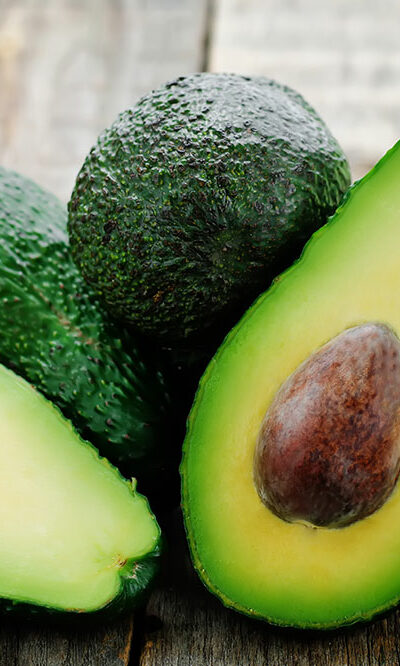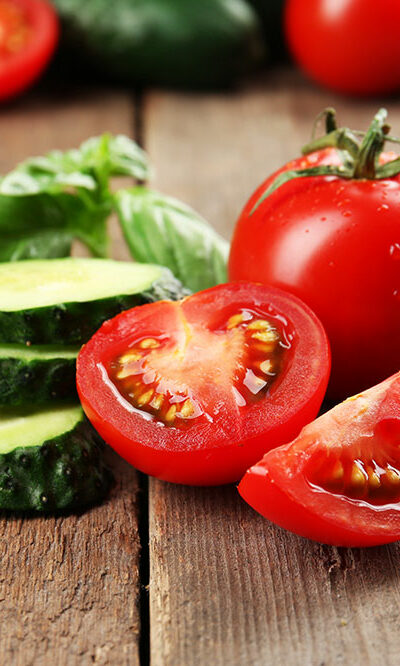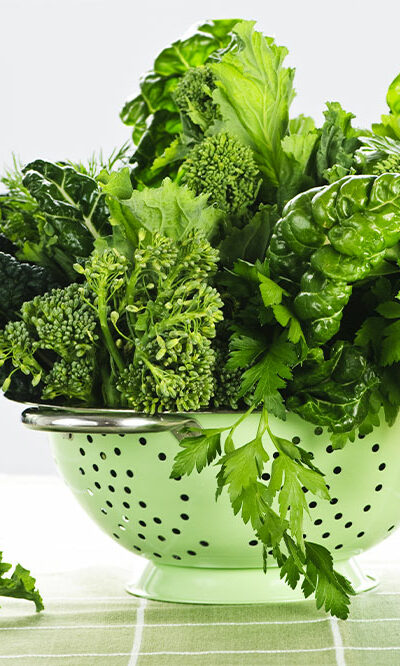
GERD and its critical aspects
GERD stands for gastroesophageal reflux disease and is a condition in which the stomach acid rises back into the food pipe and causes a sense of discomfort. Over time, this continuous backwash impacts the esophagus lining and causes heartburn. A lot of people occasionally experience acid reflux and heartburn, but GERD occurs when this problem becomes a lot more frequent. In this article, we will look at the various aspects that need to be considered when it comes to GERD. Signs of GERD There are plenty of signs and symptoms of GERD, and heartburn is the biggest one. Other major symptoms of GERD include Chest pain Difficulty when it comes to swallowing A continual regurgitation of both food and sour stomach liquids A sensation or a lump inside the throat For people who have night-time acid reflux, the common symptoms include laryngitis, chronic cough, or asthma as time progresses. They may also suffer from disrupted sleep. For such instances of GERD and heartburn, we recommend consulting an expert as soon as these symptoms become frequent. Causes of GERD GERD is the consequence of acid reflux and heartburn occurring frequently in the body. When we swallow our food, the circular band of muscles around the esophagus relaxes to ensure that the entire ingestion process happens smoothly. This also allows the liquids and the foods to flow inside the stomach without hassle. Once this process is complete, the sphincter muscle closes up again. The main reason for GERD to occur is when there is a hindrance in this process. In case the sphincter weakens, the acid can easily flow back into the food pipe. If this process keeps occurring continuously, then it can end up eroding the esophagus lining, resulting in inflammation. So, this entire process is the main reason for GERD to occur.










